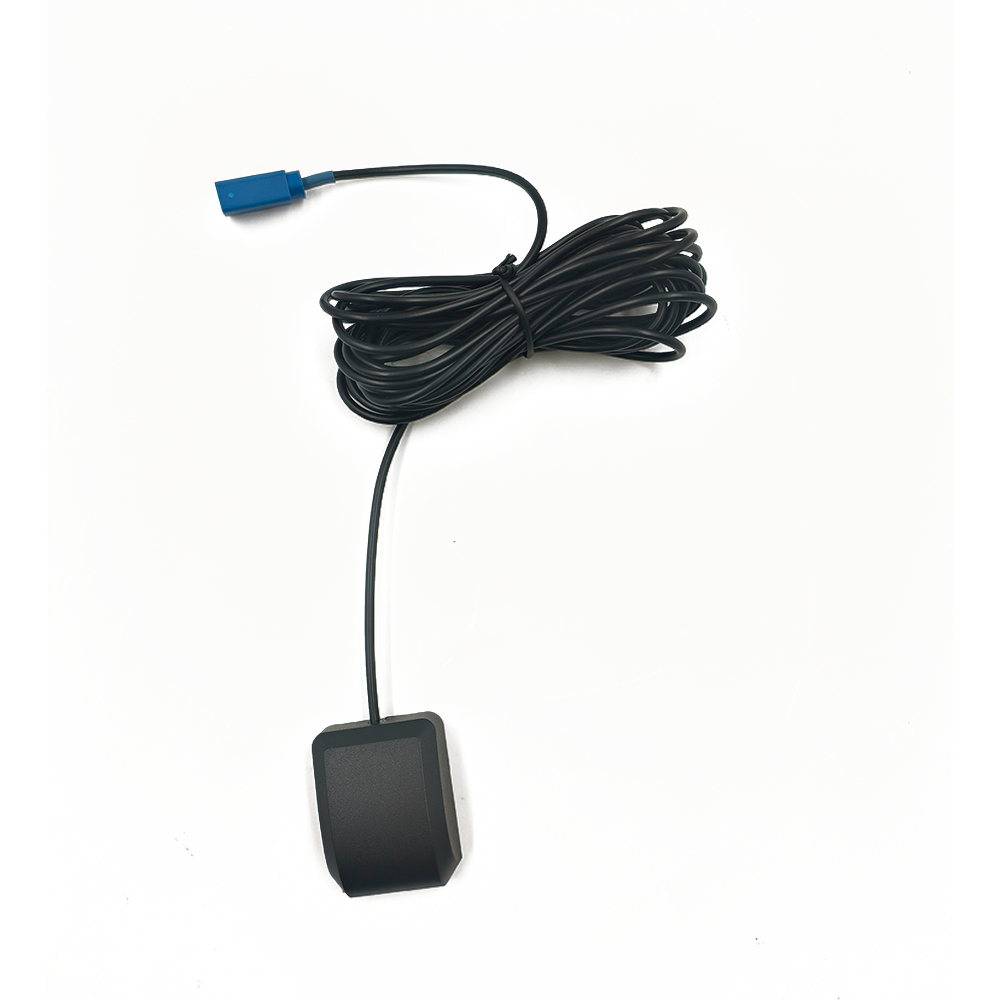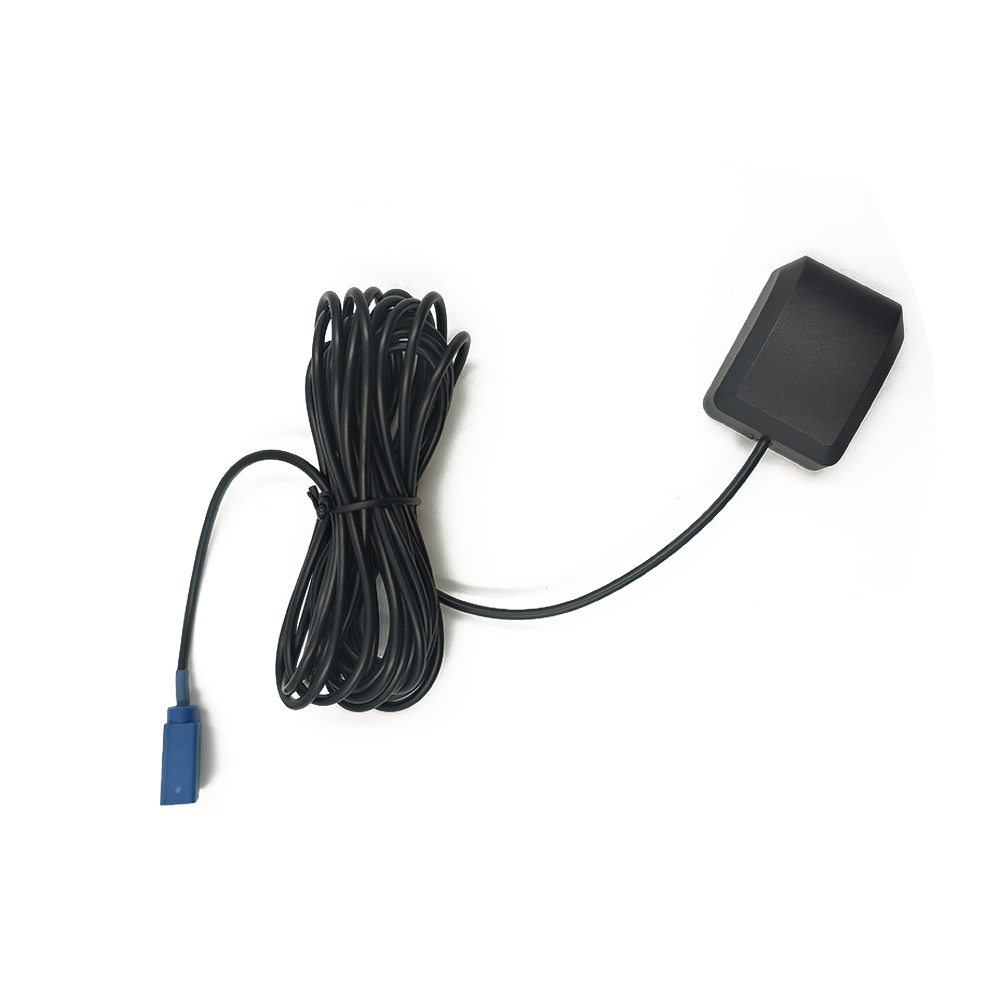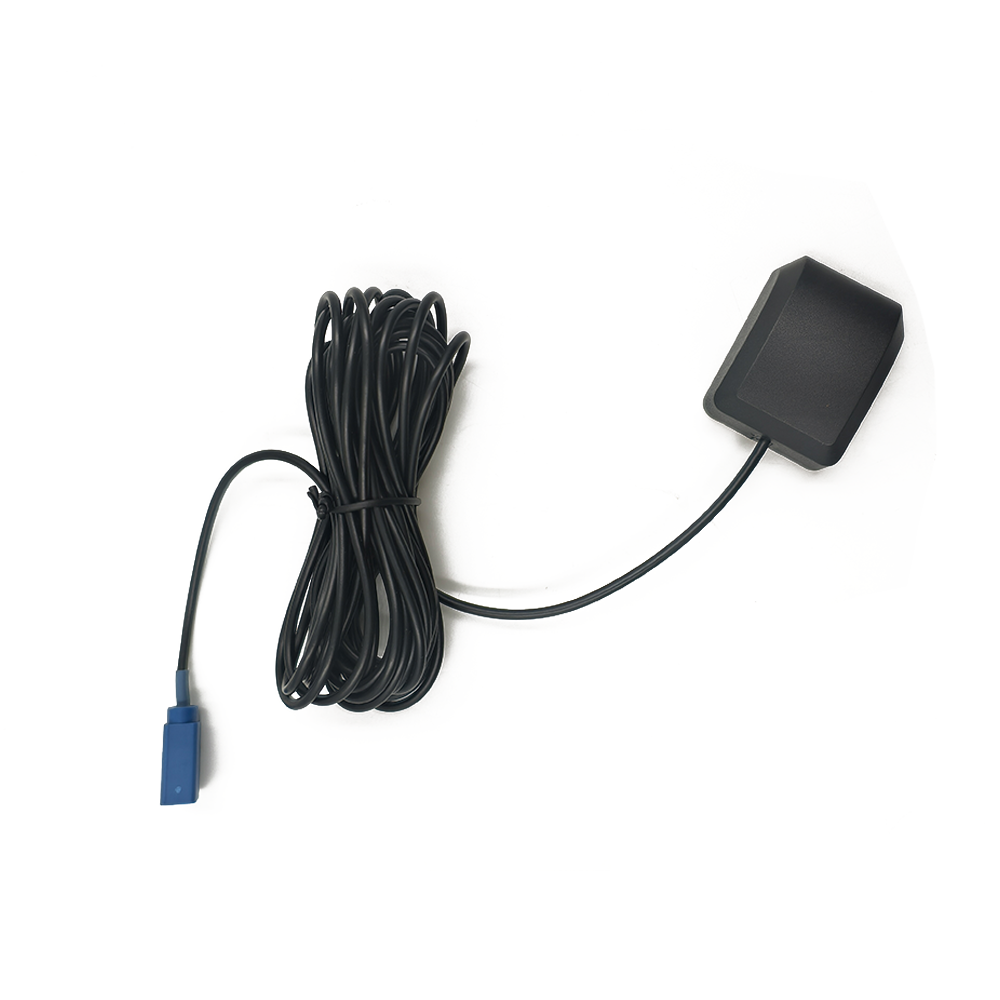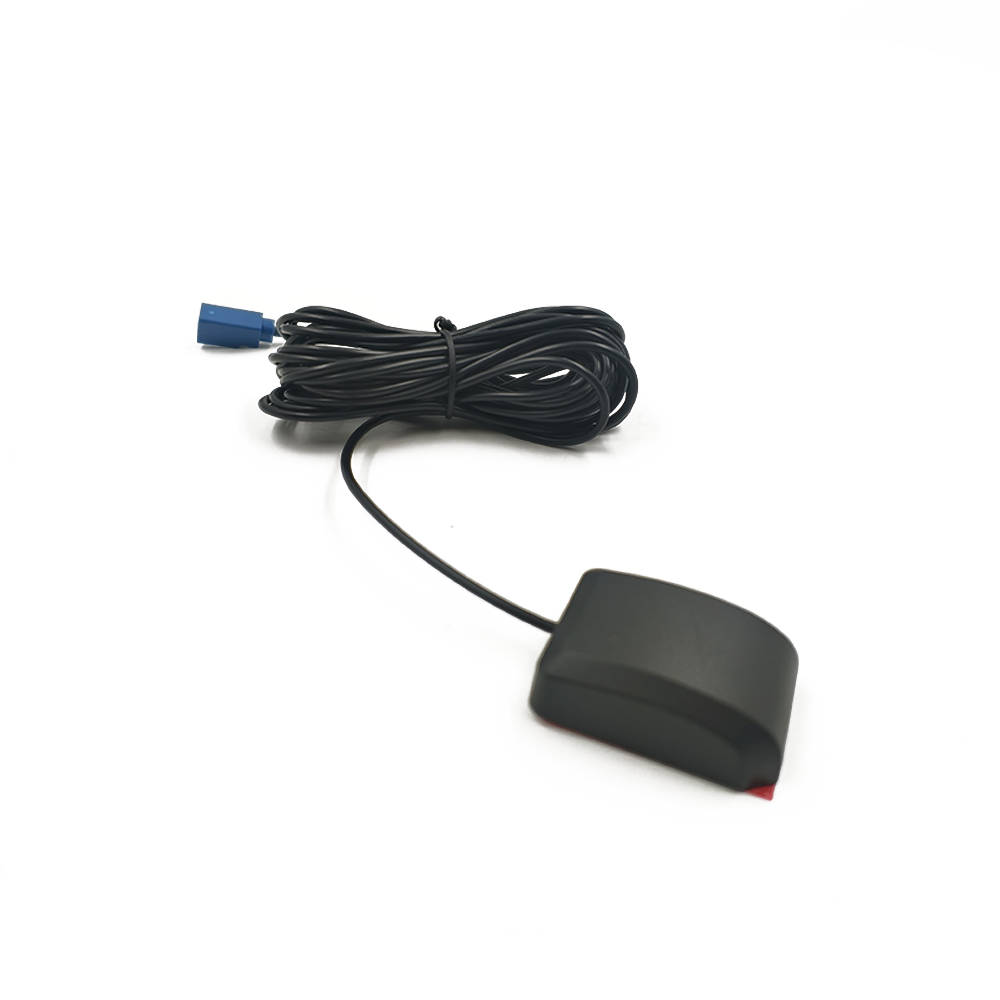5.1 Current Applications
5.1.1 Logistics and Delivery Fleets
In the logistics and delivery industry, high - accuracy GNSS antennas are widely used. Delivery companies can track their vehicles in real - time with high precision, allowing for better delivery scheduling and customer service. For example, companies like Amazon use high - accuracy GNSS technology to track their delivery vans. This enables them to provide customers with accurate estimated delivery times. If a delivery vehicle is running behind schedule, the company can proactively inform the customer and make alternative arrangements. In addition, it helps in optimizing delivery routes, reducing fuel consumption and operational costs.
5.1.2 Public Transportation
Public transportation systems, such as buses and trains, also benefit from high - accuracy GNSS antennas. Transit agencies can monitor the location of their vehicles in real - time, which is useful for improving service reliability. For instance, if a bus is running late, the control center can adjust the schedules of other buses in the route to minimize the impact on passengers. In some cities, real - time bus location information is provided to passengers through mobile apps, allowing them to plan their journeys more efficiently. High - accuracy GNSS antennas also play a role in ensuring the safety of public transportation by enabling better tracking in case of emergencies.
5.1.3 Construction and Mining Fleets
In the construction and mining industries, high - accuracy GNSS antennas are used for equipment tracking and site management. Construction companies can track the movement of heavy machinery such as bulldozers, excavators, and loaders. This helps in optimizing the use of equipment, reducing idle time, and improving overall productivity. In mining operations, high - accuracy GNSS technology can be used to track the movement of trucks and other vehicles in the mine. It also enables better safety management, as the location of vehicles can be monitored in real - time to prevent collisions in the often - complex mine environment.
5.2 Future Trends
5.2.1 Integration with 5G and Other Technologies
One of the significant future trends for high - accuracy GNSS antennas in fleet tracking is integration with 5G technology. 5G offers high - speed data transfer, low latency, and high reliability. By integrating high - accuracy GNSS antennas with 5G networks, fleet operators can expect even more real - time and accurate data transfer. For example, in autonomous vehicle fleets, the combination of high - accuracy GNSS for precise positioning and 5G for fast communication with the cloud and other vehicles can enable safer and more efficient operation. Additionally, integration with other emerging technologies such as the Internet of Things (IoT) will also be a trend. IoT sensors on vehicles can collect various data such as tire pressure, engine health, and cargo status. When combined with high - accuracy GNSS data, fleet managers can have a more comprehensive view of their operations.
5.2.2 Improvement in Accuracy and Reliability
Research and development efforts are continuously focused on improving the accuracy and reliability of high - accuracy GNSS antennas. New antenna designs and signal processing algorithms are being developed to further reduce errors caused by multipath, signal interference, and atmospheric effects. For example, advancements in antenna technology may lead to the development of antennas that are more resistant to interference and can adapt to different environmental conditions. In the future, we can expect even higher - accuracy GNSS systems that can provide centimeter - level accuracy in more challenging environments, opening up new possibilities for applications such as highly automated and autonomous vehicle fleets.
5.2.3 Expansion of Constellations
The number of GNSS constellations is expected to increase in the future. In addition to the existing GPS, GLONASS, Galileo, and BeiDou, other countries and regions may also develop their own satellite navigation systems. This expansion of constellations will provide more signals for high - accuracy GNSS antennas to receive. With more signals available, the accuracy and reliability of GNSS - based fleet tracking systems are likely to improve. For example, having more satellites in view will allow for better trilateration and more redundancy in case of signal blockages or satellite malfunctions.
Conclusion
High - accuracy GNSS antennas have revolutionized the field of fleet tracking. Their ability to provide precise location data has brought numerous benefits to various industries, including logistics, public transportation, and construction. Through careful design and construction, these antennas are able to receive and process GNSS signals with high precision, overcoming challenges such as signal interference and atmospheric effects.
The advantages of high - accuracy GNSS antennas, such as enhanced safety, improved fleet management, and precise location tracking, have made them an essential component in modern fleet operations. However, challenges like signal interference, atmospheric impacts, and cost still need to be addressed. As technology continues to evolve, the future of high - accuracy GNSS antennas in fleet tracking looks promising. Integration with emerging technologies like 5G and IoT, improvement in accuracy and reliability, and the expansion of GNSS constellations are likely to further enhance their capabilities and applications.
In conclusion, high - accuracy GNSS antennas will continue to play a crucial role in the optimization and development of fleet tracking systems, enabling more efficient, safe, and sustainable fleet operations in the years to come.




































































 Language
Language
 En
En Cn
Cn Korean
Korean

 Home >
Home > 








 18665803017 (Macro)
18665803017 (Macro)













